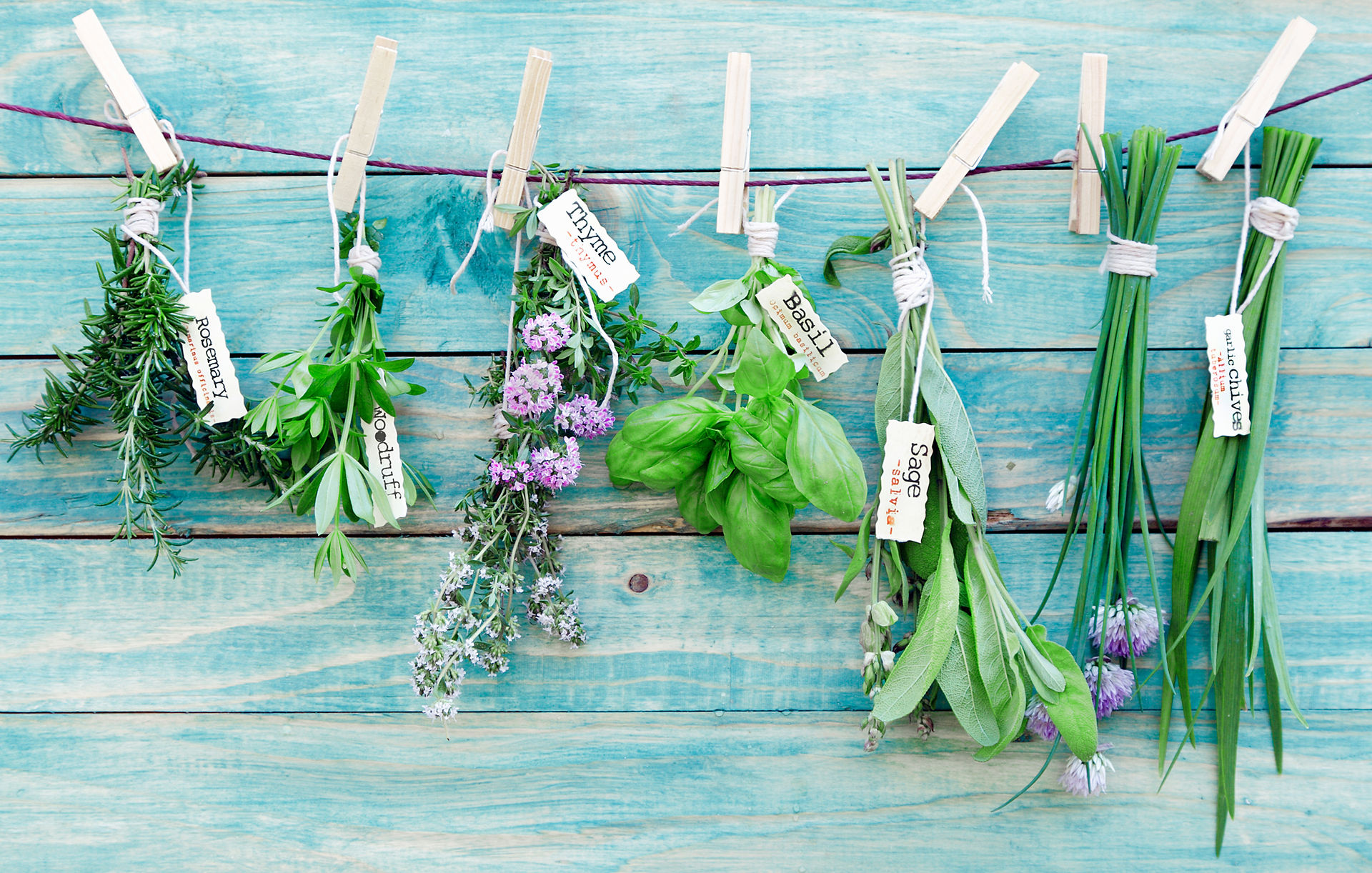Chili Pepper Basics
- Michelle Schwartz
- Jan 12, 2017
- 3 min read

Chili peppers exist in an amazingly wide variety of sizes, shapes, colors, aromas, and potency, each with its own unique flavor profile. Chilies are commonly known for providing heat in ethnic cuisines like Mexican and Thai, but some chilies actually contribute mild and more subtle flavor,
such as in lesser known Hungarian cuisine. But, how do you know which ones to use? With just a little information, you can boldly venture into the world of cooking with chilies and add enticing variety and sizzle (if you like) to your dishes. People often ask, “Which are hotter — red or green chilies?” The answer is: it depends. Chilies generally get hotter as they ripen, which often means going from green to red, but not always. Some ripen yellow, orange or even purple. And, a green chili of one variety may be much hotter than a ripe, red chili of another. But, while there are exceptions to everything, some general rules are: • smaller peppers are hotter than larger peppers • dried chilies, because they're more concentrated, are hotter than fresh (anywhere from two to ten times, according to some experts) • the seeds are the hottest part of the peppers (and are usually removed during preparation) There is a handy guide called the Scoville Scale that rates the heat of chili peppers. Each type of pepper can vary in heat depending on the location and conditions in which it’s grown, so the Scoville scale provides a range for each type. Here’s how some of the more common chilies rank in Scoville Heat Units (SHU): Chili Pepper — SHU* Rating Green, red, yellow or orange bell peppers — 0 Banana, Italian pepperoncini, and paprika — 250 Anaheim peppers — 1,000 Jalapeños, chipotle — 5,000 Serranos — 20,000 Cayenne, Thai — 40,000 Habañero (but not the Red Savina habanero – it is much hotter), Scotch bonnet (the pepper of Jamaican jerk fame) — 200,000 Ghost Chili — 1,500,000 Carolina Reaper (Enter at your own risk!) — 2,000,000 Here are some things you may not know about the more common peppers, with some pairing suggestions to help get you on your way: • Chipotle peppers are dried and smoked ripe jalapeño peppers. These chilies are often sold canned in adobo sauce. Chipotles are most often used to add a charred, barbecue flavor to meats and sauces, but also try them as a way to give refried beans a richer, more satisfying depth. We have a Chipotle Powder available if you don't wish to use whole. • Ancho chilies are dried poblano peppers (still considered mild at 1500 SHU). These peppers are commonly used in chili relleno, either with green or the ripened red version which is hotter and more flavorful. A neutral, white meat such as chicken is the perfect entree to dress with a mole sauce featuring the complex, dense and subtly smoldering pungency of ancho chilies. • Habanero has a mild fruity nuance that pairs beautifully with fish and shellfish, and is an especially nice — and unexpected — way to reinvent salmon. Try our Habanero Salt to slowly introduce yourself to this pepper. It has been described as a spicy seasoned salt. One last but important general rule: always wear rubber gloves when handling chilies. The capsaicin oils that give them their heat can actually burn your skin — or your eyes, so avoid touching or rubbing them while handling chilies. If you’re not able to get fresh chilies or need something quick for those busy evenings, you can always reach for a chili spice blend, like our Chili Powder. Blends combine the kick of chili peppers with other spices like cumin, oregano, coriander, garlic, allspice or cloves for great all-around flavor.

